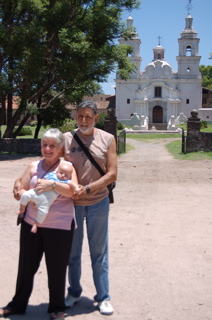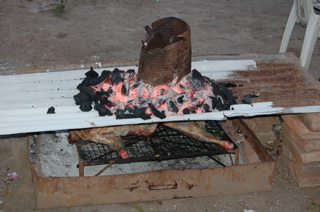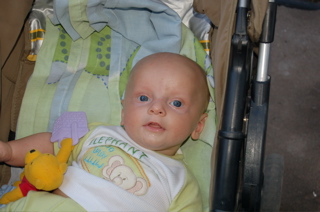We spent this weekend at a funeral. Kid’s funerals are emotional affairs, although it has been a very long road for this child and his family so the funeral was also coloured more by a sense of peace than injustice.
It’s the first time I’ve been involved in a funeral in Argentina, so part of me was dedicated to observing with outsider’s eyes to figure out what was happening and where I should put myself within that. From first impressions I am impressed by the way Argentina handles death. The theme here is “accompanying the body”, from the moment of death till the burial, which happens quite quickly, usually within 24 hours. The body is laid out in an open coffin in a place of the family’s choosing, sometimes a funeral parlour, sometimes the person’s own home, and friends and family come and go. At an appointed time the coffin is sealed and a vehicle comes to lead the procession to the cemetery, where the burial takes place following a simple ceremony, and the grave is filled in.
While I’m sure that the practice of “accompanying the body” owes its origins to folk-catholicism and the cult of the dead, the net effect seems generally to be a good one. Adults sit quietly with the parents, stand around and chat, send out for biscuits and hand them round. Children look, prod, ask child-like questions and, satisfied with the answers, go back to their game. The coffin in the middle is clearly the focal point, yet without receiving a huge amount of attention. Although Paul, in his letter to the Corinthians, refers to death as the last enemy to be destroyed, for now at least, dying is a natural consequence of living, and it seems to me that Argentina has found a healthy way of responding honestly to this reality.



